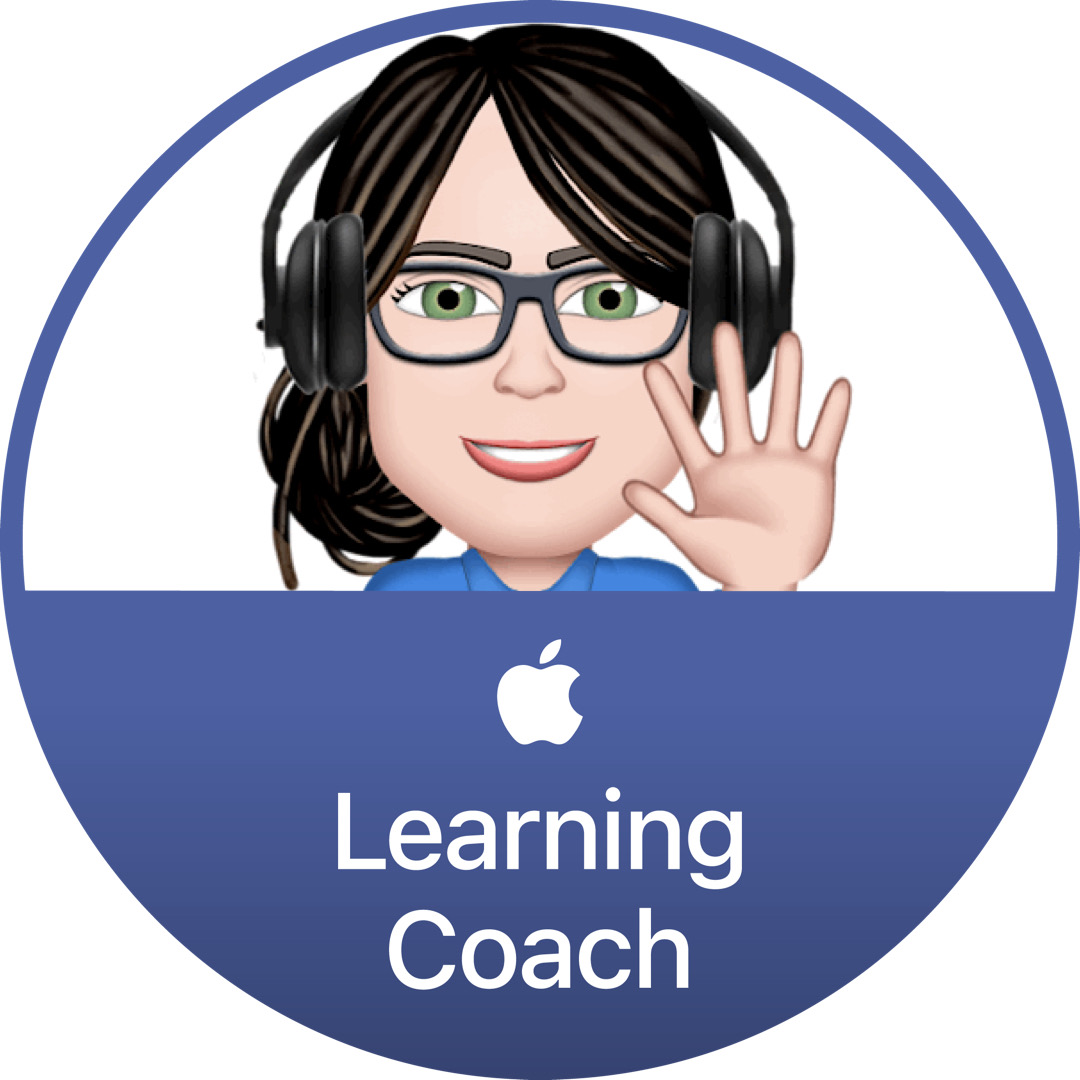Creating Curricular Connections Through Scratch, Jr. Coding
,
Colorado Convention Center, Bluebird Ballroom Lobby, Table 29
Presenters

Session description
Purpose & objective
For this poster demonstration, teachers will be able to. . .
1. Learn about three cross-curricular coding projects by second and third grade students
2. Review the general user interface of Scratch, Jr. specifically the paint editor, grid view, and blocks palette
3. Attain step-by-step instructions for their own classroom use in the coming academic year
4. Share their professional experiences with coding in their own classroom spaces
5. Collaborate with fellow ISTE participants and build their professional learning network
Outline
Poster Presentation Agenda Using the 5 E’s:
Engage - Build upon teachers’ prior knowledge of block coding work. How does their school promote cross-curricular projects featuring coding work?
Explore - Have teacher participants open Scratch, Jr. to explore its features and consider ways that they may use this free coding application.
Explain - Work with teachers to build their programs and build their coding vocabulary.
Elaborate - Discuss ways to approach coding to younger learners with lesson scope and sequences. Showcase other free, coding program options for early learners such as Kodable.
Evaluate - Have teachers share their thoughts about this poster activity through a Google Form via QR-code.
Supporting research
“No Fear Coding” by Heidi Williams (ISTE Book Publication)
“3 reasons to use Scratch Across the Curriculum” by Natalie Rusk (ISTE Blog Post, https://www.iste.org/explore/Computer-Science/3-reasons-to-use-Scratch-across-the-curriculum)
“5 Benefits of Learning Scratch Programming for Kids” by Priyanka Reddy (Codingal Web Article, https://www.codingal.com/coding-for-kids/blog/benefits-of-learning-scratch-for-kids/)
“Coding in K-8: International Trends in Computing Education with Primary-aged Children” by Peter Rich (https://www.researchgate.net/publication/318470729_Coding_in_K-8_International_Trends_in_Computing_Education_with_Primary-aged_Children)
Session specifications
Tablet: iOS
Designer
- Use technology to create, adapt and personalize learning experiences that foster independent learning and accommodate learner differences and needs.
Empowered Learner
- Students understand the fundamental concepts of technology operations, demonstrate the ability to choose, use and troubleshoot current technologies and are able to transfer their knowledge to explore emerging technologies.
- Students break problems into component parts, extract key information, and develop descriptive models to understand complex systems or facilitate problem-solving.
 Return
Return Participate and share: Poster
Participate and share: Poster  Trips and Tours
Trips and Tours